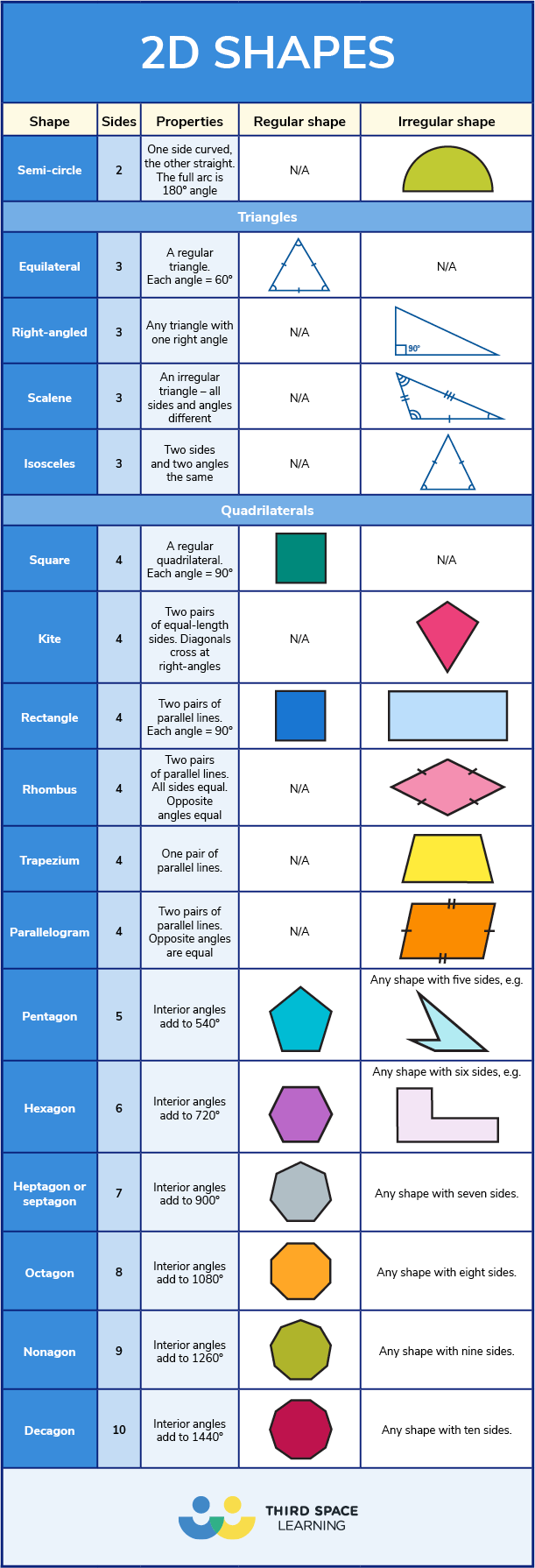

To understand some star schema concepts described in this article, it's important to know two terms: normalization and denormalization. Fact tables, on the other hand, can contain a very large number of rows and continue to grow over time. Generally, dimension tables contain a relatively small number of rows. In this case, the granularity is at month-product level. In this example, consider that the values stored in the Date column are the first day of each month. The granularity, however, can't be determined without considering the dimension key values. It's easy to understand that the table has two dimensions. For example, consider a fact table designed to store sale targets that has two dimension key columns Date and ProductKey. The dimension key columns determine the dimensionality of a fact table, while the dimension key values determine the granularity of a fact table. A fact table contains dimension key columns that relate to dimension tables, and numeric measure columns. A dimension table contains a key column (or columns) that acts as a unique identifier, and descriptive columns.įact tables store observations or events, and can be sales orders, stock balances, exchange rates, temperatures, etc. The most consistent table you'll find in a star schema is a date dimension table. Entities can include products, people, places, and concepts including time itself. It requires modelers to classify their model tables as either dimension or fact.ĭimension tables describe business entities-the things you model. Star schema is a mature modeling approach widely adopted by relational data warehouses. For more details, refer directly to published content, like The Data Warehouse Toolkit: The Definitive Guide to Dimensional Modeling (3rd edition, 2013) by Ralph Kimball et al. This article isn't intended to provide a complete discussion on star schema design.

It describes star schema design and its relevance to developing Power BI data models optimized for performance and usability. This article targets Power BI Desktop data modelers.


 0 kommentar(er)
0 kommentar(er)
